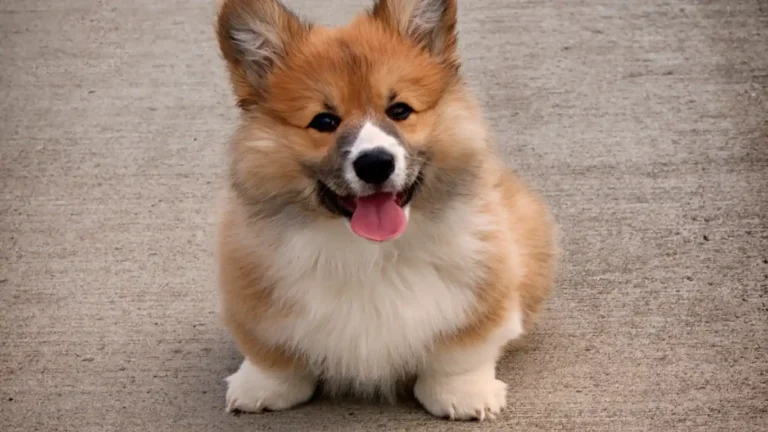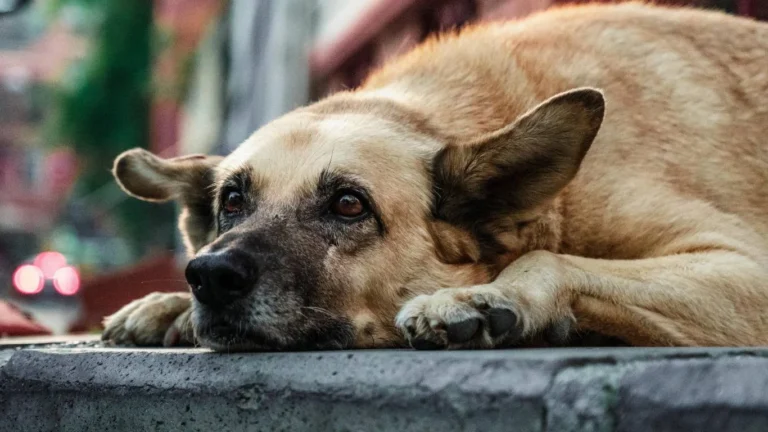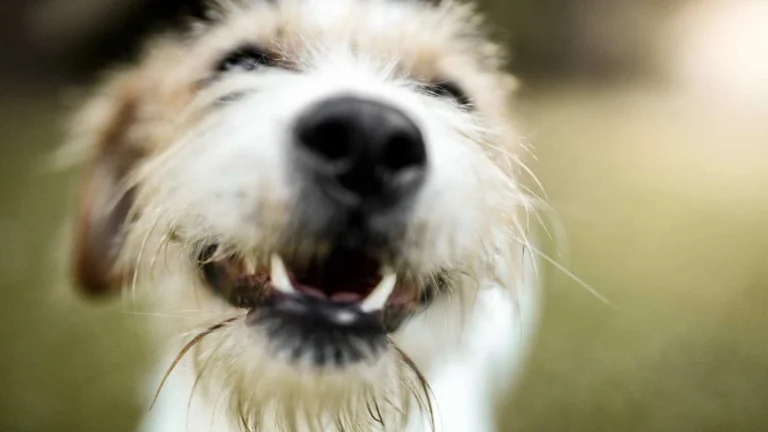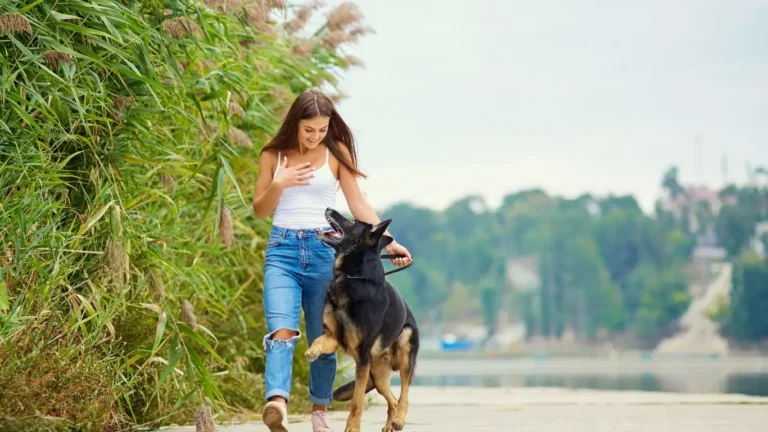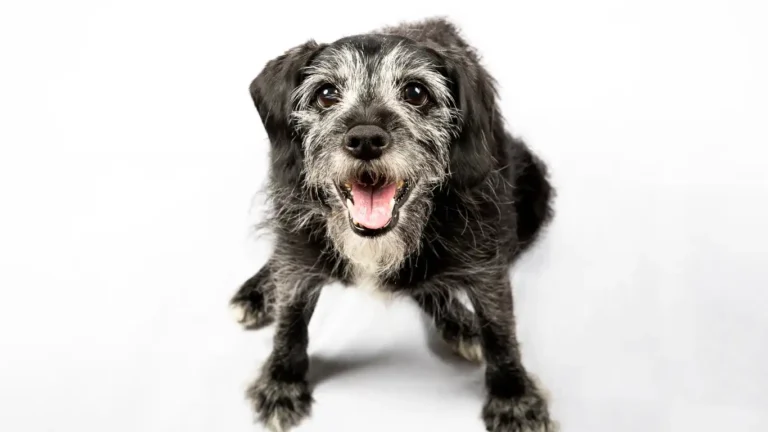Ultimate Guide: Best Ways to Bond with Your New Dog Easily
Bringing home a new dog is one of those magical moments that fills your heart with excitement and a little bit of nervousness. Whether it’s your very first pup or you’re welcoming a furry friend into your family again, figuring out the best ways to bond with your new dog is crucial to building a lasting, trusting relationship. From my years working as a Veterinary Technician specializing in nutrition, I’ve seen how a strong connection not only makes life easier but also boosts your dog’s overall well-being.
Bonding isn’t just about playing fetch or snuggling on the couch (although those are great). It’s about understanding your dog’s unique personality, meeting their emotional needs, and creating a foundation that will support their health and happiness for years to come. In this article, I’ll share some practical, heartfelt tips that have worked wonders for me and countless pet owners in my experience.
Understanding Your Dog’s Unique Personality
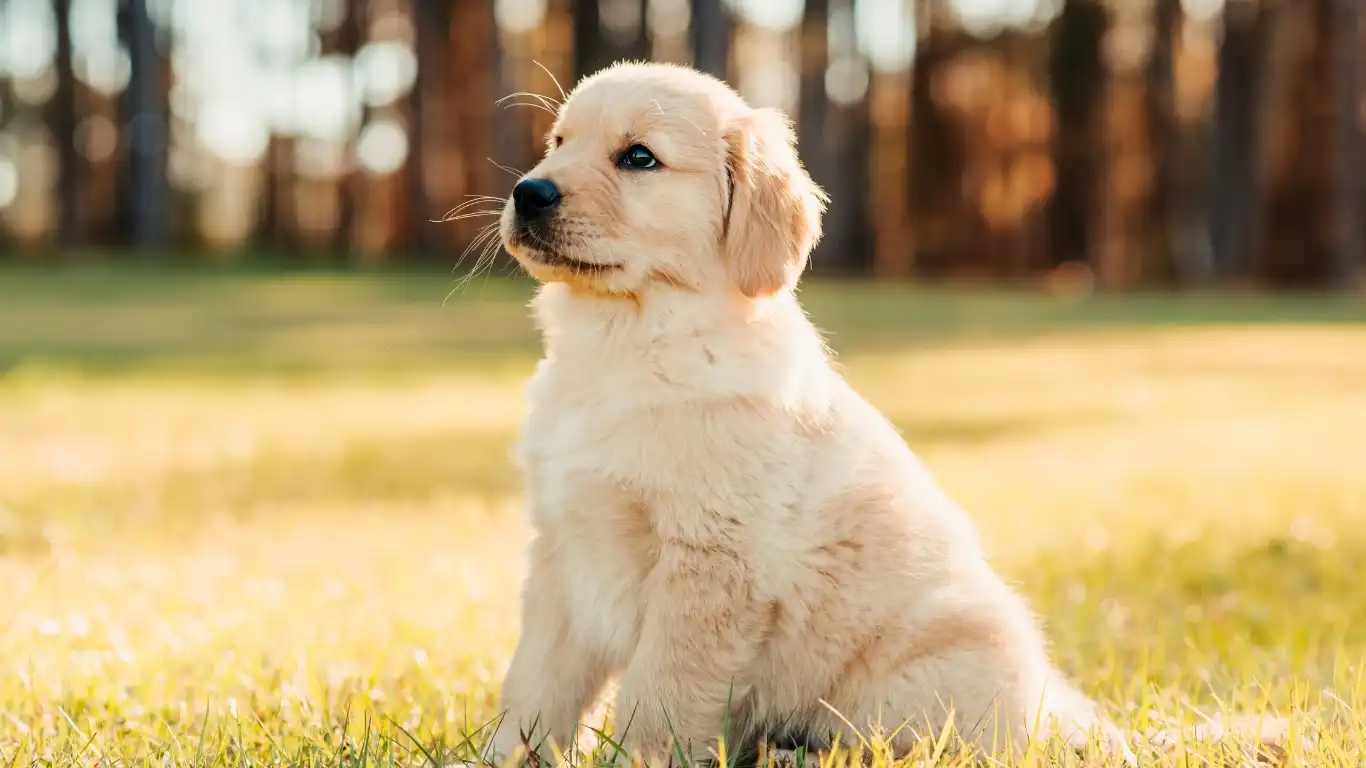
Every dog comes with their own quirks, likes, dislikes, and sometimes anxieties. The very first step in bonding is tuning in to your dog’s individual personality. Is your pup shy or confident? Does he love a busy environment or prefer calm and quiet spaces? Observing these details early on helps you approach your new friend with patience and respect.
Observe Body Language and Behavior
Dogs communicate primarily through body language, and understanding these signals will deepen your bond quickly. For example, a wagging tail doesn’t always mean “happy”—sometimes it’s excitement mixed with nervousness. Averted eyes might indicate discomfort or submission. By learning to read these signs, you’ll respond better to their needs.
Respect Their Space and Timing
In the clinic, I often see well-meaning owners rushing their dogs to interact or expecting immediate affection. But building trust takes time. If your new dog isn’t ready for close contact yet, let them come to you. This approach lays the groundwork for a genuine connection built on choice, not pressure.
Creating Positive Associations Through Food and Nutrition
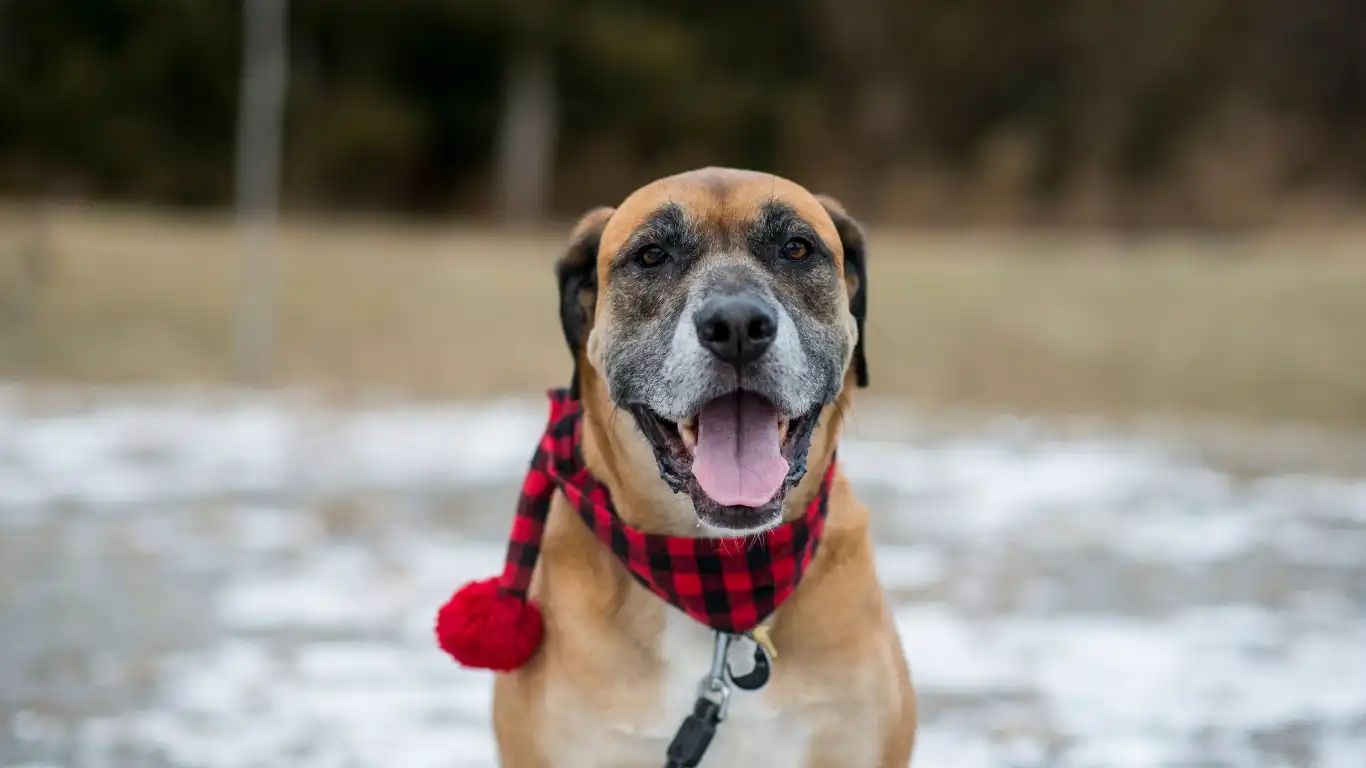
Food is a powerful tool when bonding with your new dog — and not just because dogs love treats. From my veterinary nutrition background, I know that the right diet can influence behavior, mood, and energy levels, all of which affect how quickly your dog feels comfortable around you.
Use High-Value Treats to Encourage Trust
When you want to gain your dog’s trust, especially in the early days, use high-value treats — think small pieces of cooked chicken, cheese, or specialized dog treats that they don’t get every day. Offering these treats during calm moments, gentle petting, or training sessions helps your dog associate you with positive experiences.
Establish a Consistent Feeding Routine
Dogs thrive on routine, and consistent feeding times offer predictability, which can reduce anxiety. Feeding your dog at the same time each day not only supports their digestive health but also builds a daily rhythm that reinforces your role as a reliable caregiver.
Quality Time: Beyond Play and Walks
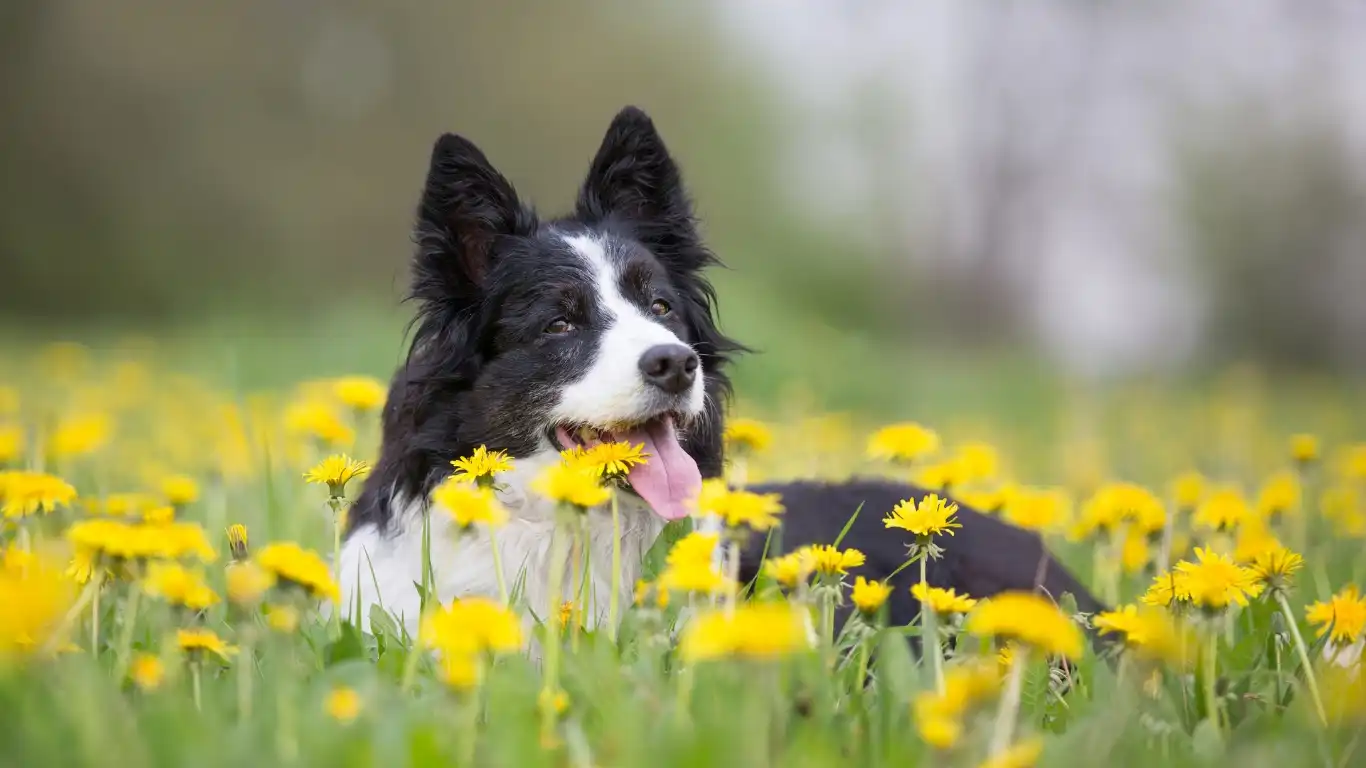
While walks and playtime are classic bonding activities, sometimes it’s the quiet, shared moments that deepen your connection the most. Here’s what I’ve learned from both my veterinary work and personal experience:
- Gentle Grooming: Brushing your dog not only keeps their coat healthy but also offers soothing touch that strengthens your bond.
- Calm Presence: Sitting quietly with your dog while reading or watching TV can help nervous dogs feel secure just by your close presence.
- Training with Patience: Short, positive training sessions focused on rewarding good behavior build confidence and trust.
Remember, the best way to bond is by being patient and responsive to what your dog needs emotionally and physically. There’s no one-size-fits-all recipe here — each dog will teach you the rhythm of your relationship.
Building Trust Through Consistent Communication
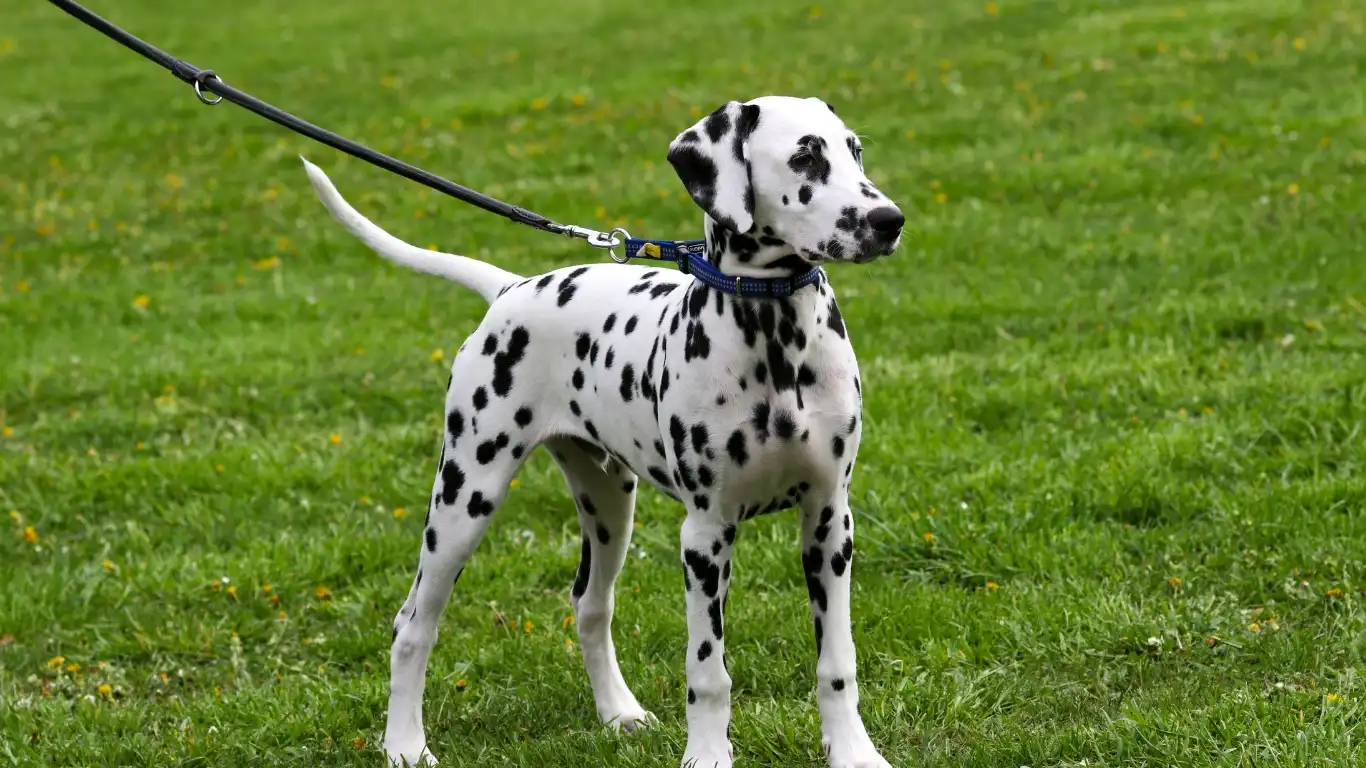
One of the best ways to bond with your new dog is by establishing clear, consistent communication. From my years as a Veterinary Technician, I’ve seen how dogs thrive when they understand what’s expected of them and feel safe in their environment. Communication isn’t just about commands — it’s about the little things, like tone of voice, body language, and patience.
Use Clear, Positive Signals
Dogs pick up on your energy more than you might think. Using a calm, upbeat tone encourages your dog to pay attention and feel secure. Avoid yelling or harsh corrections, especially during those early bonding days. Instead, I recommend using a cheerful voice for praise and a gentle, firm voice for guidance. Your dog will quickly learn which signals mean good things are coming their way.
Consistency is Key
Dogs feel most comfortable when their daily life has a predictable rhythm. That means being consistent with your words, gestures, and routines. For example, if you say “sit” one day and “sit down” the next, your dog might get confused. Sticking to the same cues helps them understand you better, which naturally builds trust and connection.
Socializing Your New Dog — The Right Way
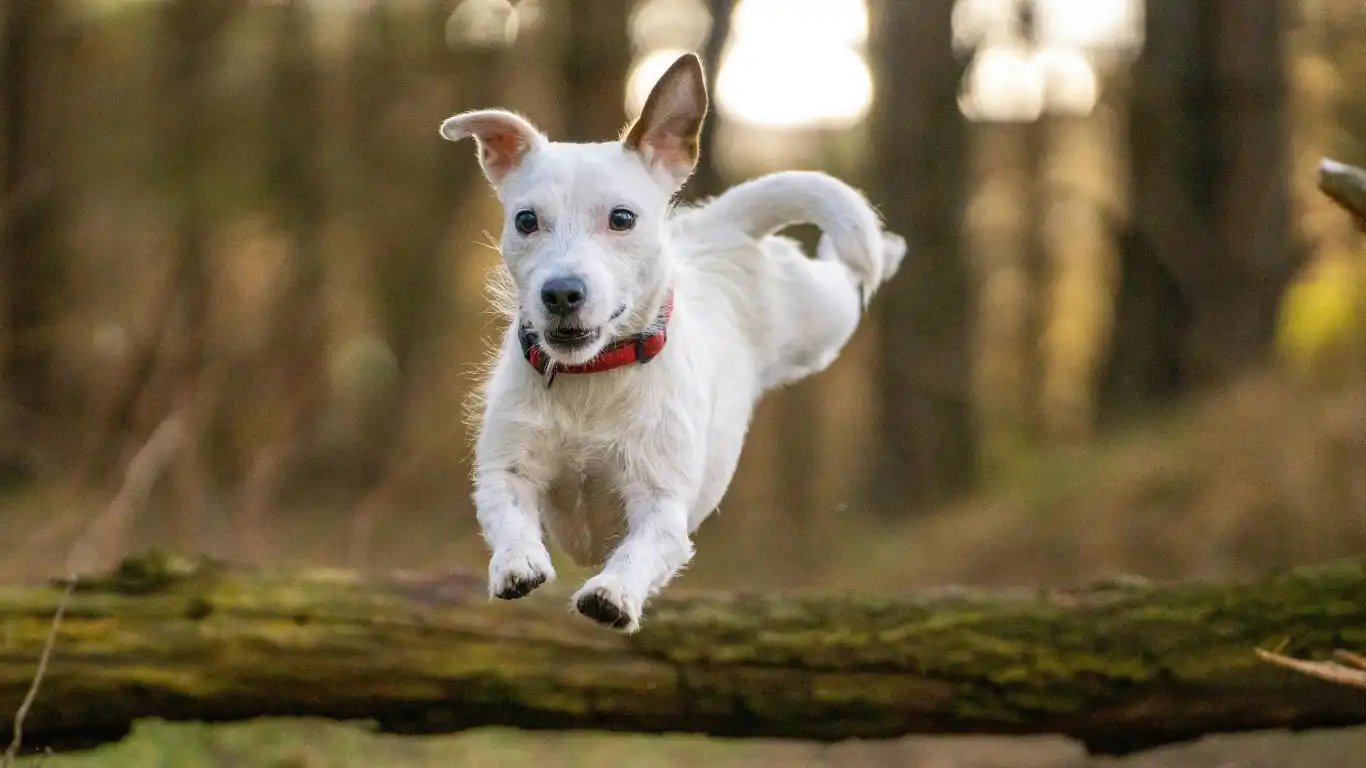
Socialization is another vital piece of the bonding puzzle. When I was assisting in veterinary clinics, I noticed that dogs who were gently introduced to new people, places, and animals often developed stronger, more confident personalities. Socialization done thoughtfully not only enriches your dog’s life but also deepens your bond by showing your dog you’re there to keep them safe and happy.
Start Slow and Observe
Every dog has their own comfort zone. If your dog is nervous around new people or dogs, start by introducing them to calm environments with familiar faces. Let your dog set the pace — no pushing or forcing. This approach builds their confidence gradually and lets them know you respect their feelings.
Positive Reinforcement During Social Interactions
Whenever your dog behaves well during social situations, reward them with treats, praise, or playtime. This tells your dog that good things happen when they stay calm and relaxed around others. I always encourage clients to keep their treats handy for these moments — it works wonders.
Physical Touch: The Underrated Bond Booster
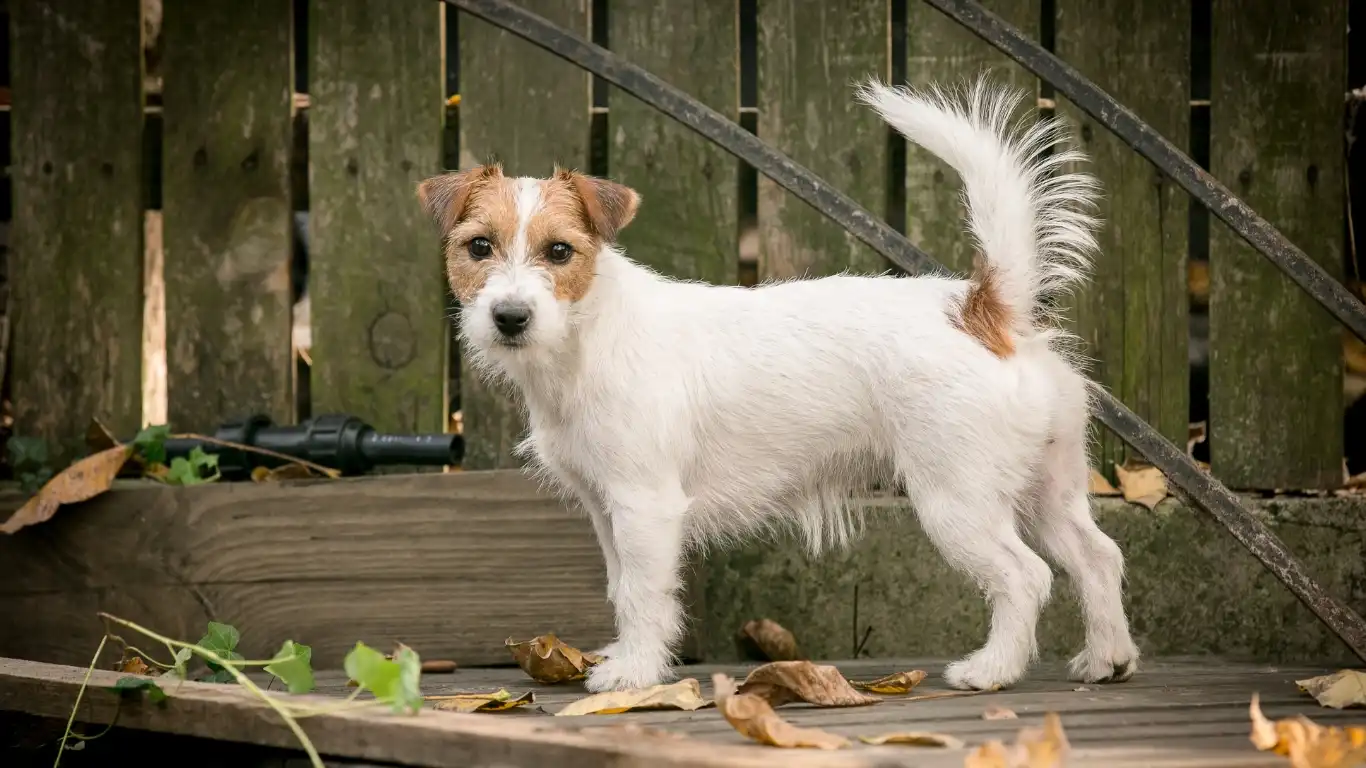
Physical touch is one of the most immediate ways to strengthen your connection with a new dog. But it’s important to remember that not all dogs enjoy the same kinds of touch, especially in the beginning. In my work, I’ve seen how tuning into a dog’s comfort with touch can transform your relationship.
Find What Your Dog Loves
Some dogs adore belly rubs, while others prefer gentle ear scratches or a soft massage along their back. Spend some quiet time exploring what kind of touch makes your dog relax and lean into you. This not only soothes your pup but also builds an association between your presence and comfort.
Use Touch to Calm and Reassure
During stressful moments—like vet visits or thunderstorms—a calm, steady hand can work miracles. When I’ve comforted anxious patients, slow, rhythmic petting helped them settle quickly. This kind of touch becomes a language of reassurance, deepening your bond over time.
Incorporating Interactive Play and Mental Stimulation
Playing with your new dog is one of the most enjoyable ways to build your relationship, but it’s not just about physical exercise. Dogs also need mental stimulation to feel fulfilled and connected. From my nutrition and veterinary background, I know a well-stimulated dog is healthier, happier, and more engaged with you.
Choose Games That Fit Your Dog’s Personality
Some dogs love fetch or tug-of-war, while others prefer puzzle toys or scent games. Watch your dog’s reactions and switch things up to keep their interest. When you pick activities they enjoy, playtime becomes a bonding experience instead of a chore.
Training as a Fun Game
Training sessions don’t have to be serious business. Short, positive training games help your dog learn new commands and tricks while strengthening your connection. I’ve found that mixing treats, praise, and a bit of humor keeps dogs motivated and eager to engage.
Overall, building a deep bond with your new dog takes a blend of patience, empathy, and lots of little everyday moments. Keep tuning into their needs, celebrate small wins, and enjoy the unique journey of friendship that unfolds.
Emotional Connection: Listening Beyond Words
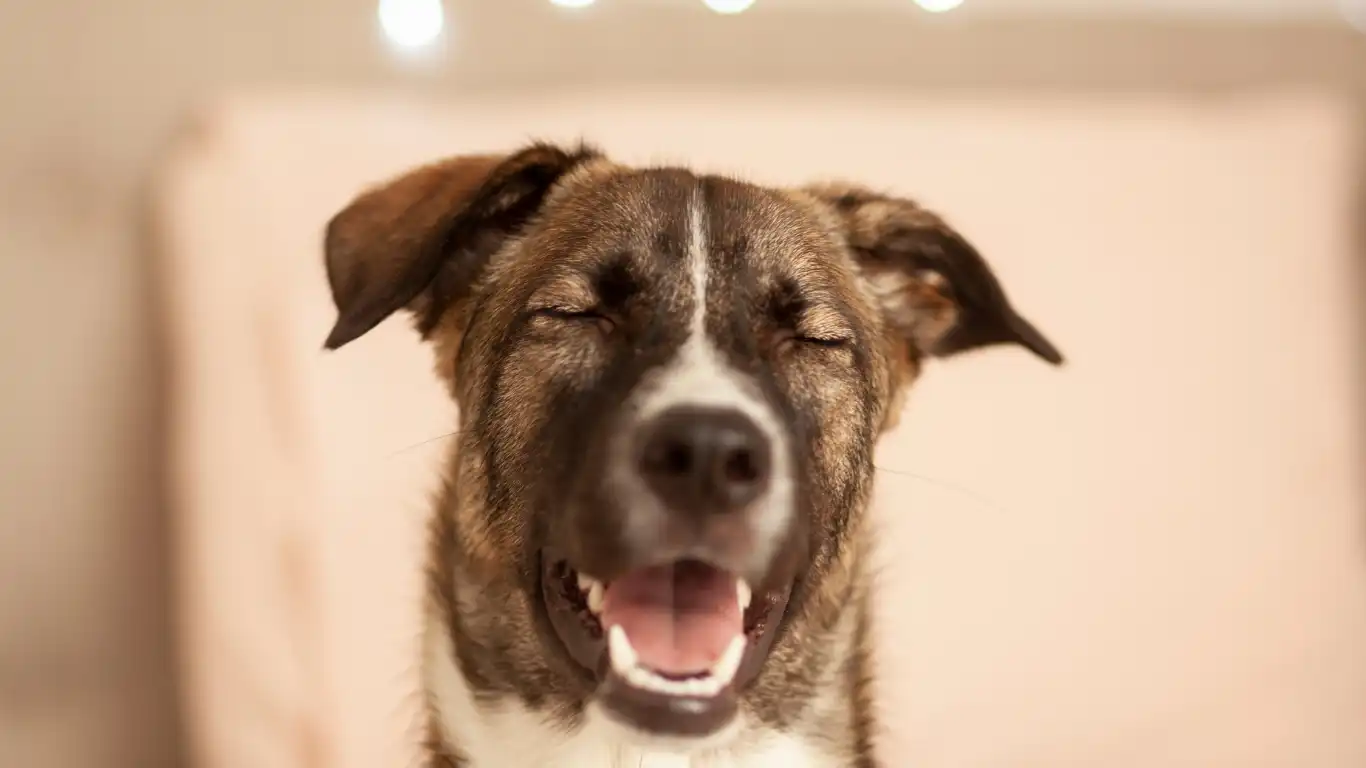
One of the deepest ways to bond with your new dog is by truly tuning in to their emotions. From my years as a Veterinary Technician and nutrition specialist, I can tell you this goes beyond physical care—it’s about empathy. Dogs don’t talk, but they sure do communicate their feelings if we learn how to listen.
Recognize Signs of Stress and Comfort
In my clinical experience, dogs often display subtle signs when they’re feeling overwhelmed or uneasy—things like lip licking, yawning, or even turning away. On the flip side, relaxed body language, soft eyes, and a wagging tail are good signs your dog feels safe with you. Responding to these cues with calm reassurance helps your dog feel understood and valued.
Be Patient Through Setbacks
Bonding isn’t always a smooth ride. Sometimes your dog might retreat or act out as they adjust to their new life. I’ve seen clients get frustrated, but sticking with gentle encouragement and consistency wins every time. It’s all about meeting your dog where they are emotionally and showing them that you’re their safe harbor.
Enrich Your Dog’s Environment for a Stronger Bond
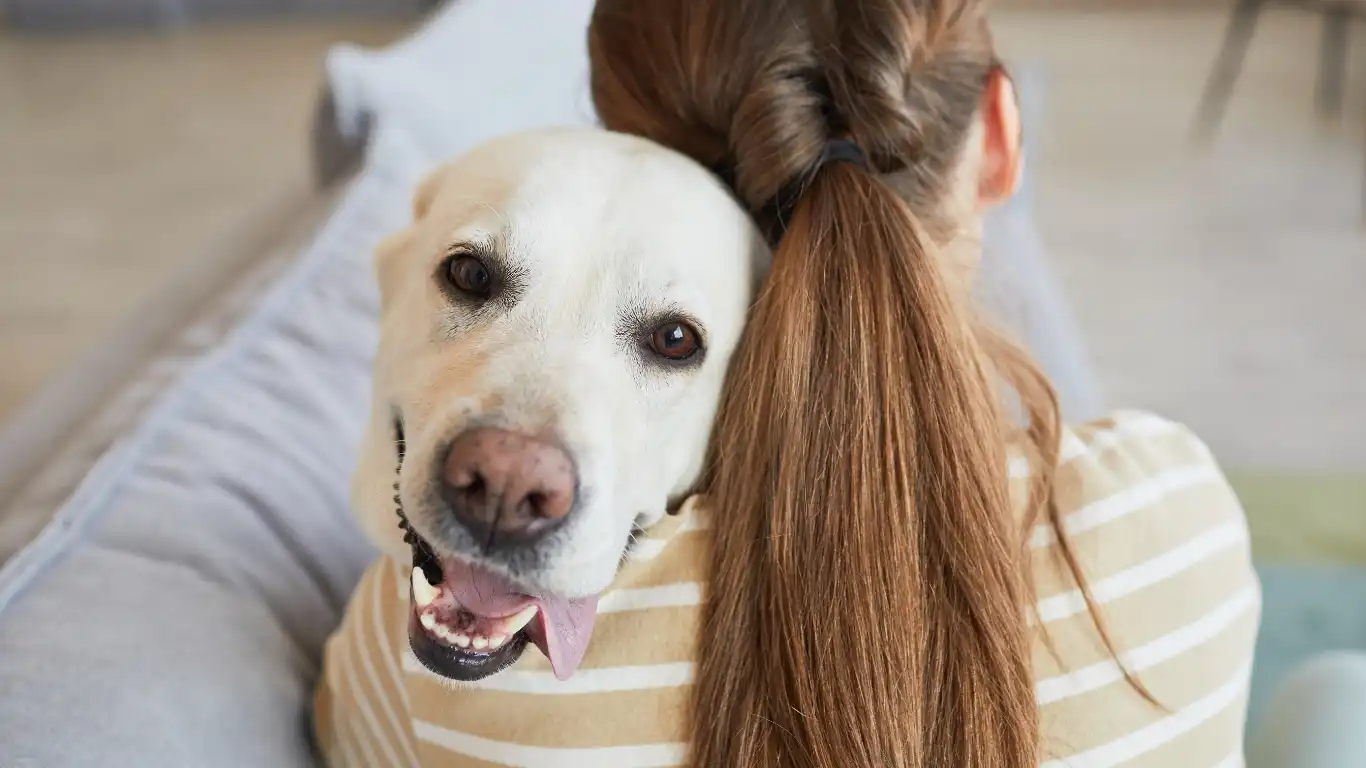
Creating a dog-friendly space that meets physical and mental needs is a subtle but powerful way to deepen your bond. Dogs who feel secure and stimulated at home tend to be more affectionate and responsive.
Provide Cozy, Personal Spaces
From kennels to dog beds, having a designated, comfortable space helps your dog feel grounded. When I advise pet owners, I always stress the importance of a quiet corner or crate where the dog can retreat whenever they need downtime.
Rotate Toys and Enrichment Activities
Changing up toys and introducing new enrichment challenges keeps your dog curious and mentally sharp. Puzzle feeders, sniff mats, and chew toys are fantastic ways to keep their minds active. When you participate in these activities together, it builds teamwork and fun memories.
Health and Wellness: The Ultimate Foundation for Bonding
As someone who’s spent years working closely with animals’ health and nutrition, I can’t emphasize enough how a healthy dog is a happy dog—and a happy dog bonds more easily. Proper nutrition, regular vet visits, and exercise all contribute to a dog’s overall well-being and your relationship.
Feed a Balanced, Quality Diet
Nutrition impacts more than just your dog’s physical health. A balanced diet supports energy levels, mood, and even cognitive function. I’ve helped many dog owners improve behavior simply by adjusting their pet’s food. Consulting with your vet or a qualified nutritionist can make a big difference.
Routine Veterinary Care Builds Trust
Regular health checkups not only keep your dog healthy but also familiarize them with you as their advocate and caregiver. I always tell pet parents to approach vet visits as positive experiences — use treats, praise, and gentle handling. This reinforces your dog’s trust in you during potentially stressful situations.
Keep Exercise Fun and Varied
Exercise is a fantastic way to bond while burning off your dog’s energy. Mix up walks, playtime, and low-impact activities like swimming if your dog enjoys it. Physical activity not only strengthens muscles but also releases endorphins that improve mood for both of you.
Resources and References
- ASPCA – American Society for the Prevention of Cruelty to Animals
- AVMA – American Veterinary Medical Association
- American Gastroenterological Association
Disclaimer
This article is for informational purposes only and is not a substitute for professional veterinary advice, diagnosis, or treatment. Always consult with your veterinarian regarding your pet’s health, behavior, and nutrition. Every dog is unique, and care recommendations may vary.
